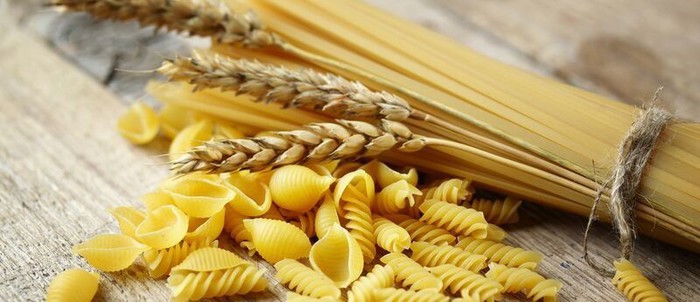ROME - Consumption of 100% Italian pasta is flying, with increases of 23% in quantity and 28.5% in value in the first half of the year. This goes against the downward trend in national purchases of generic pasta. A fact that confirms as in a now mature sector, the reference to the national origin of the raw material has provided a strong and new stimulus for families. This is what is highlighted in the Ismea report 'Trends on durum wheat', specifying that in 2019 the packages with the '100% Italian' label had a 13% growth both in volume and value.
The weight of 100% Italian pasta on the total consumption of that of dry semolina, reports the report, has steadily increased: from a share of 14% in volume and 17% in value in 2018, it exceeded 20% in the two cases. During the months of the lockdown, analogous to what occurred for the entire food sector, pasta sales also showed a marked increase. The first six months of 2020 in fact mark an annual growth of 8% in volume, and 13.5% of expenditure. In general, the current pandemic and the consequent restrictive measures have exposed the Italian milling and pasta processing industries to a strong vulnerability, given the structural dependence on foreign raw materials. It should be remembered, in fact, that the quantities of grain that come from across the border fluctuate annually between 30% and 40% of the needs of the companies. This concern was most felt during the first weeks of the emergency, subsequently the supply chain showed a high degree of resilience: both imports of raw materials and exports of semolina pasta increased, as did domestic consumption of derivatives of durum wheat.
100% Italian pasta is booming, spending six months + 28.5%
2020-08-05T13:55:19.324Z

Consumption of 100% Italian pasta is flying, with increases of 23% in quantity and 28.5% in value in the first half of the year. This goes against the downward trend in national purchases of generic pasta. A fact that confirms as in a now mature sector, the reference to the national origin of the raw material has provided a strong and new stimulus for families. (HANDLE)
